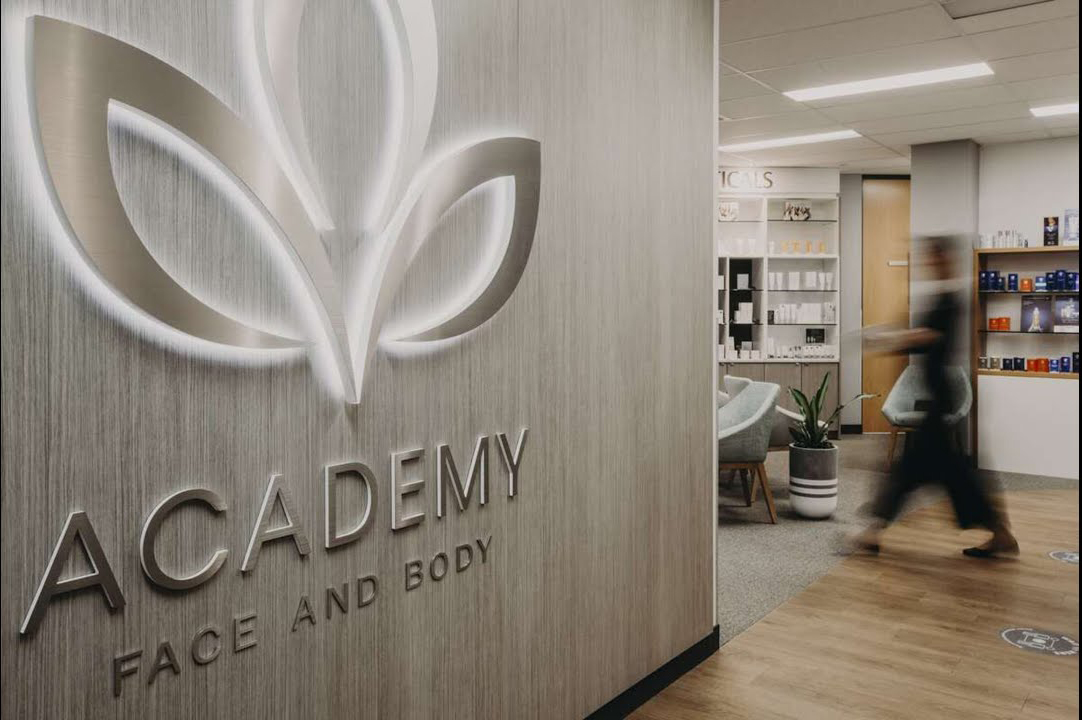Stretch Marks
Stretch Marks
quick growth or weight gain skin striae
Stretch marks, medically known as striae, are a common skin concern characterised by streaks or lines that appear on the skin’s surface. These marks typically develop when the skin stretches or shrinks rapidly, causing the collagen and elastin fibres in the dermis (middle layer of skin) to rupture. This often occurs during periods of rapid growth, such as pregnancy, puberty, rapid weight gain or loss, or during periods of hormonal changes.
Visually, stretch marks initially appear as reddish or purplish streaks that may feel slightly raised and can be itchy. Over time, they often fade to a lighter colour that may resemble the surrounding skin tone but can still be noticeable, silvery, uneven lines. Stretch marks can affect self-confidence, especially when they appear prominently on visible areas like the abdomen, thighs, hips, breasts, or buttocks.
Various treatments are available to help minimise the appearance of stretch marks, including topical creams, laser therapy, and microdermabrasion. These treatments aim to stimulate collagen production, improve skin texture, and reduce the visibility of stretch marks.

At our Perth clinic, Academy Face and Body brings extensive expertise in facial aesthetic treatments, providing surgical, non-surgical, laser and dermal options tailored to diverse skin types and concerns. Commitment to skincare is crucial for maintaining skin health and addressing specific issues. Our dedicated team conducts thorough assessments to craft personalised treatment plans, ensuring your skin achieves its intended radiance.
WHAT ARE STRETCH MARKS?
Stretch marks, medically known as striae, are long, narrow streaks, stripes, or lines that develop on the skin. They often appear when the skin is subjected to rapid stretching or shrinking, causing the collagen and elastin fibers in the dermis (the middle layer of the skin) to tear. Initially, stretch marks can be red, purple, pink, reddish-brown, or dark brown, depending on your skin colour. Over time, they typically fade to a lighter, silvery or white tone.
CAUSES OF STRETCH MARKS
Rapid Growth
One of the most common times for stretch marks to appear is during puberty, a period of rapid growth spurts that can stretch the skin quickly.
Pregnancy
Many women develop stretch marks during pregnancy as the skin expands to accommodate the growing baby. Hormonal changes during pregnancy can also contribute to their formation.
Rapid Weight Gain or Loss
Significant changes in body weight over a short period can stretch the skin, leading to the development of stretch marks.
Muscle Building
Bodybuilders and athletes who gain muscle mass rapidly might experience stretch marks due to the skin stretching over newly developed muscles.
Genetics
There is a genetic component to stretch marks, meaning if your parents had them, you might be more prone to developing them as well.
Corticosteroids
Long-term use of corticosteroid creams and lotions can decrease levels of collagen in the skin, increasing the risk of developing stretch marks.
Medical Conditions
Certain medical conditions, such as Marfan syndrome and Cushing’s syndrome, can cause stretch marks due to the body’s increased production of cortisol, a hormone that makes the skin more prone to tearing.
APPEARANCE AND PROGRESSION
Early Stage (Striae Rubrae)
Fresh stretch marks are typically red, pink, or purple due to blood vessels showing through the tears in the dermis. They might also be slightly raised and itchy.
Mature Stage (Striae Albae)
Over time, stretch marks fade and flatten, taking on a white or silvery appearance. The affected skin might also become slightly depressed or atrophic.
PREVENTION AND TREATMENT
While it might not be possible to completely prevent stretch marks, certain measures can help reduce the risk or improve their appearance:
Moisturising
Keeping the skin well-hydrated with creams and lotions can help maintain its elasticity.
Healthy Diet and Hydration
A balanced diet rich in vitamins and minerals, particularly vitamin E, vitamin C, zinc, and silica, can support skin health. Staying hydrated is also crucial.
Gradual Weight Changes
Avoiding rapid weight gain or loss can reduce strain on the skin.
Topical Treatments
Creams and ointments containing ingredients such as hyaluronic acid, retinoids, or centella asiatica can help improve the appearance of stretch marks.
Medical Treatments
Dermal procedures such as laser therapy, microneedling, and chemical peels can help reduce the visibility of stretch marks.
Our Dermal team can provide personalised advice and treatment options for managing and minimising the appearance of stretch marks.
RECOMMENDED
treatment options
Stretch Marks are a common skin concern that can affect both men and women, often resulting from rapid weight changes, pregnancy, or growth spurts. Academy Face and Body Clinic offers a range of effective treatments designed to minimise the appearance of stretch marks and improve skin texture. These treatments include:
Laser Therapy
Using non-invasive laser, it promotes collagen production and skin regeneration, helping to reduce the appearance of stretch marks.
It works by targeting damaged skin with microscopic laser columns, stimulating the body’s natural healing process.
Microneedling
DermaPen involves using fine needles to create tiny punctures in the skin, which triggers the body’s wound healing process.
It boosts collagen and elastin production, resulting in improved skin texture.
Platelet-Rich Plasma (PRP) Therapy
PRP therapy involves drawing a small amount of the patient’s blood, processing it to concentrate the platelets, and then injecting it into the affected areas.
The growth factors in PRP stimulate collagen production and tissue regeneration.
Clinical Peels
Clinical peels involve applying a specially formulated solution to the skin, which exfoliates the top layers and encourages the growth of new, healthier skin.
This can help reduce the visibility of stretch marks and improve skin texture.
Topical Treatments
Prescription-strength retinoid creams can help to stimulate collagen production and promote skin renewal.
Other topical treatments may include ingredients like hyaluronic acid and peptides, which support skin hydration and repair.
Radiofrequency Therapy
Radiofrequency energy heats the deeper layers of the skin, stimulating collagen production and tightening the skin.
It can be an effective option for reducing the appearance of stretch marks.
Combination Therapies
Depending on individual skin types and the severity of stretch marks, a combination of treatments may be recommended to achieve optimal results.
At Academy Face and Body Clinic, each treatment plan is customised after a thorough consultation, ensuring the most effective approach for reducing stretch marks and enhancing skin appearance.
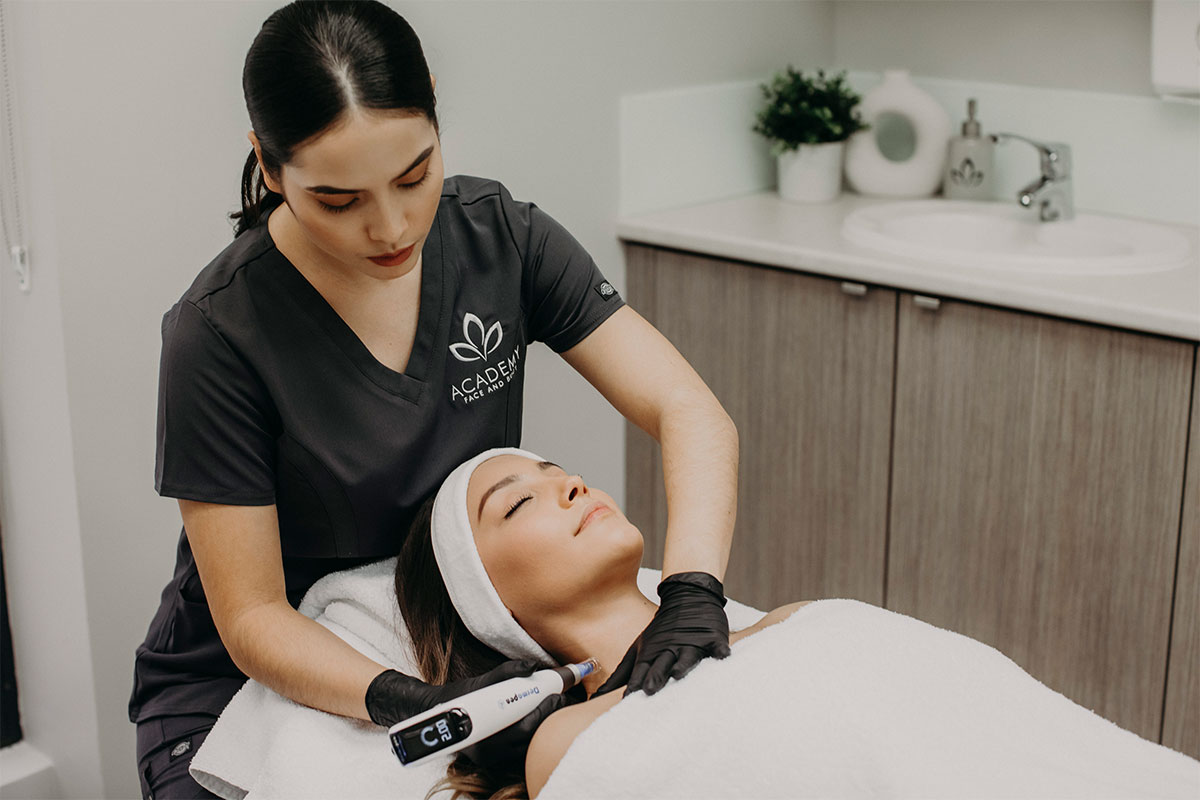
SKIN NEEDLING
SKIN NEEDLING
MORE INFO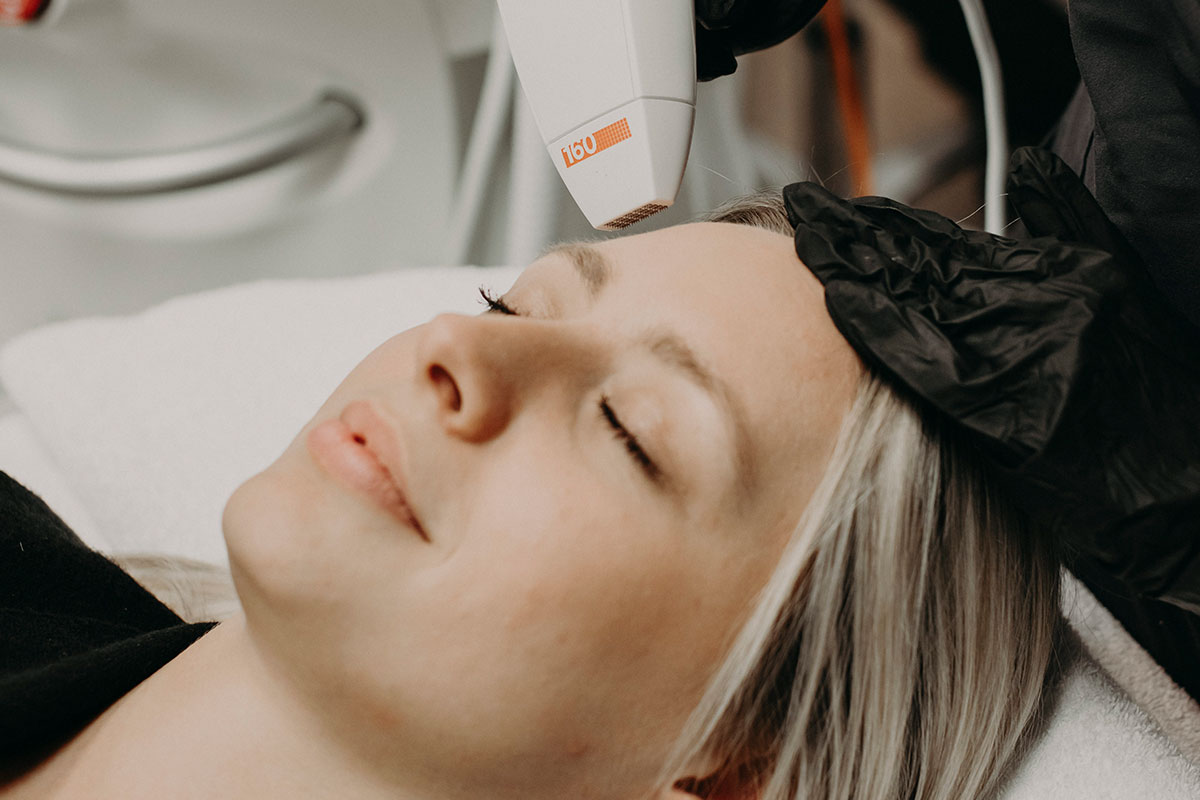
VIVA FRACTIONATED RF
VIVA FRACTIONATED RF
MORE INFO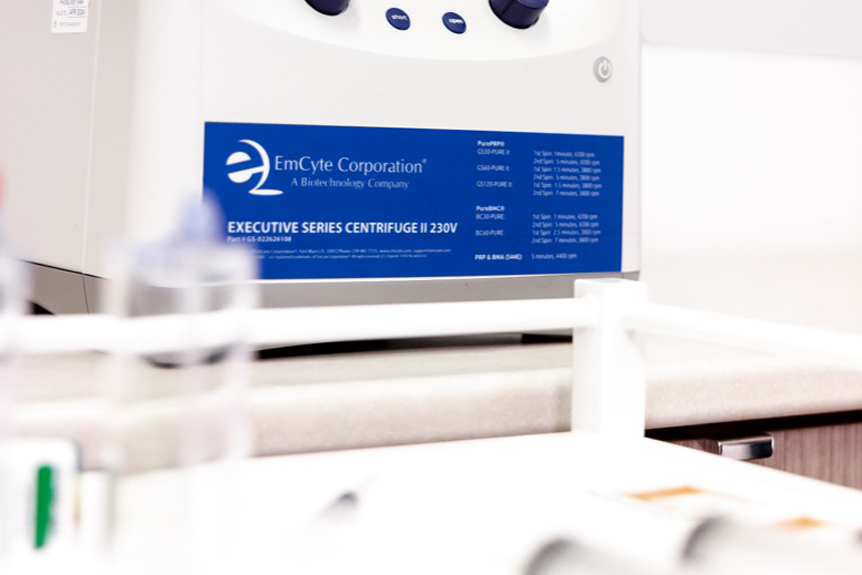
PRP (PLATELET-RICH PLASMA)

COREPEEL
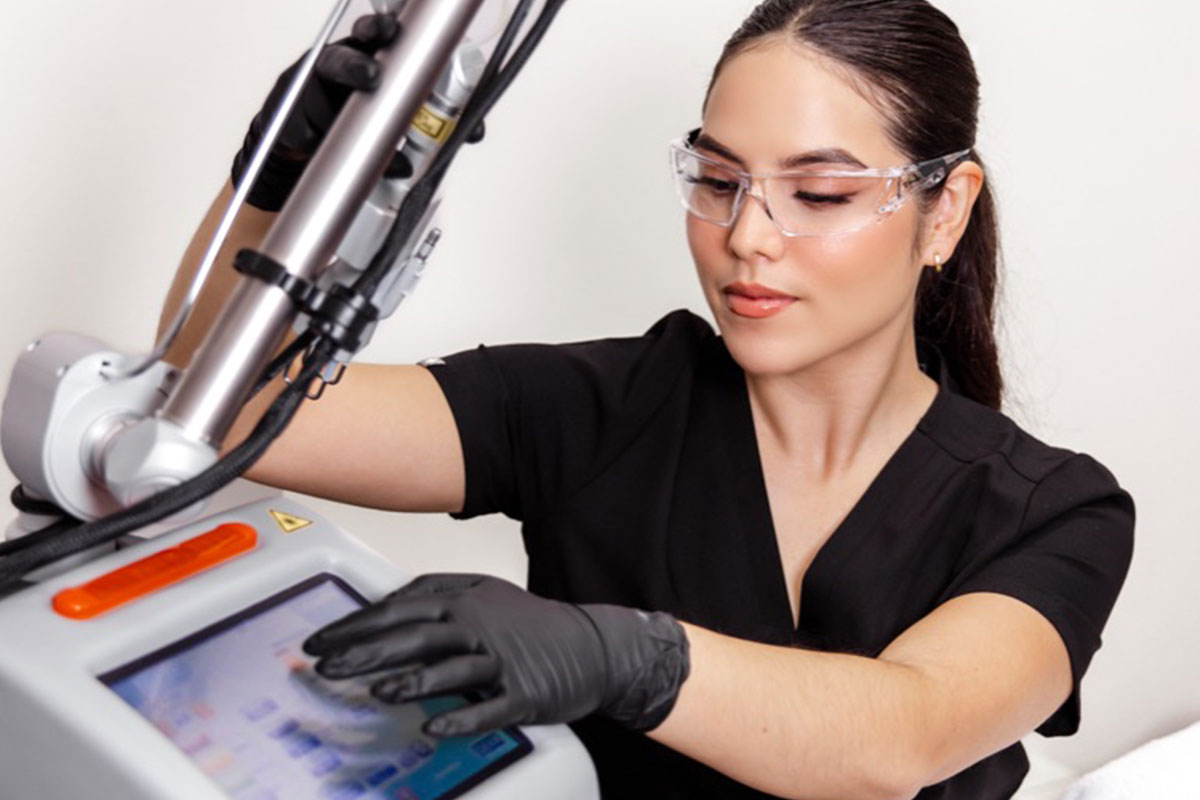
LASER TONING PEEL
Frequently Asked
Questions
Stretch marks
Common causes of stretch marks include:
- Pregnancy
- Rapid weight gain or loss
- Growth spurts during puberty
- Rapid muscle growth due to weight training
- Prolonged use of corticosteroids
- Certain medical conditions (e.g., Cushing’s syndrome, Marfan syndrome)
Anyone can develop stretch marks, but they are more common in:
- Pregnant women
- Adolescents going through growth spurts
- People who experience rapid weight changes
- Bodybuilders and athletes
Several treatments can help improve the appearance of stretch marks, including:
- Topical creams and ointments (e.g., retinoid creams, hyaluronic acid)
- Laser therapy
- Microdermabrasion
- Clinical peels
- Microneedling
- Radiofrequency treatments
Potential side effects vary depending on the treatment. Common side effects may include redness, swelling, and irritation. More invasive treatments, like laser therapy, may have a longer recovery period and require multiple sessions.
Discover more
TREATMENTS
SKIN
Enquire Now
Connect with us for personalised assistance and support across our comprehensive range of services.
Leave us a message and we will get back to you as soon as possible.
For appointment changes, please call the clinic.

Schedule a consultation
consultation
If I am interested in cosmetic surgery, what now?
Your first step is an initial consultation with Dr Oates. During the consultation process, patients have the opportunity to gain a better understanding of the procedure, potential risks, post operative recovery and possible outcomes.
In accordance with AHPRA guidelines, we require all surgical patients, both medical and cosmetic, to obtain a GP referral before their consultation.
Complimentary Consultations
If you would prefer to explore our non-surgical aesthetic and dermal therapy treatments, we welcome you to schedule a complimentary consultation with one of our Dermal Therapists or Registered Nurses.

